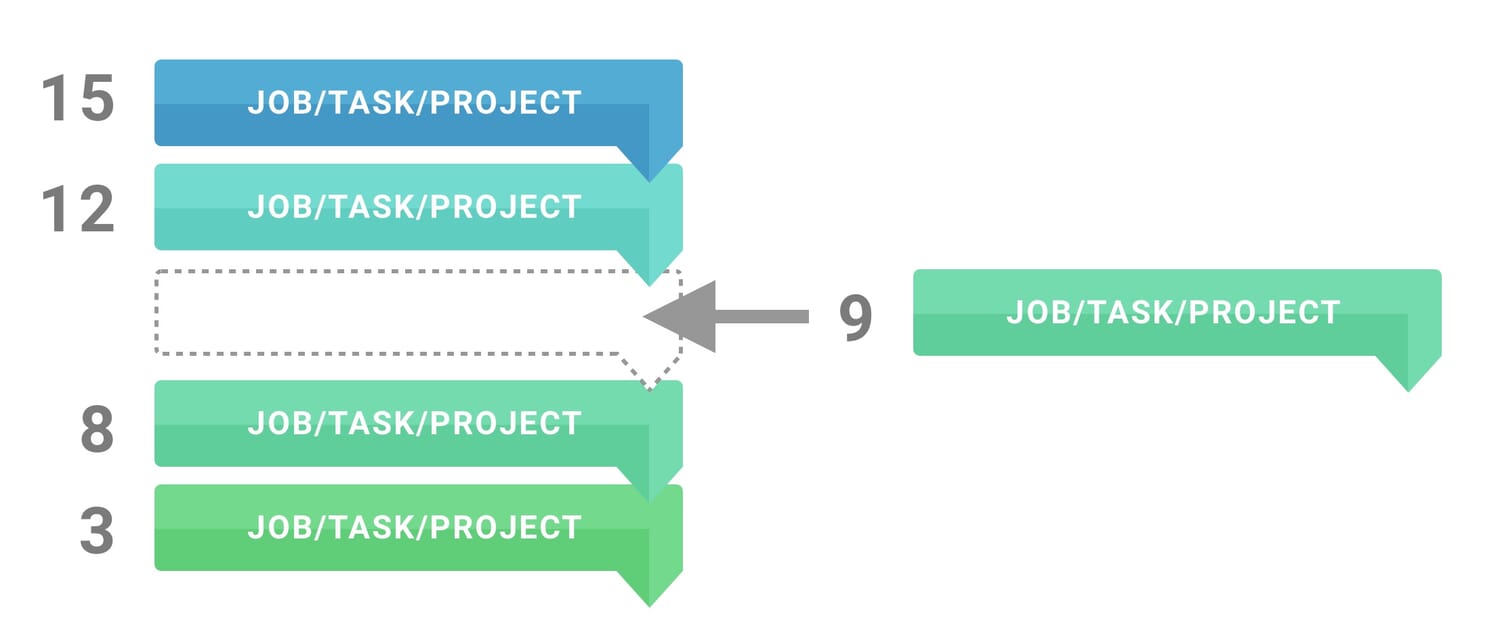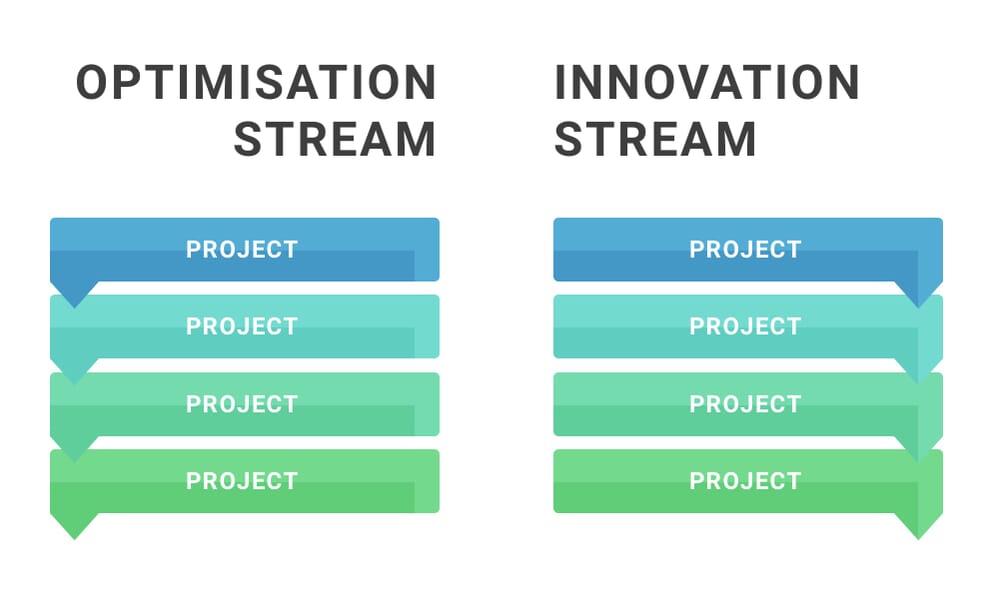
 Boagworld: UX, Design Leadership, Marketing & Conversion Optimization
Boagworld: UX, Design Leadership, Marketing & Conversion Optimization Stop Firefighting: A Smarter Way to Prioritize UX Work
One of the most important policies you can ever set for your UX team is how you prioritize work. Without it, you risk becoming a firefighter running from one blaze to another, driven by who shouts loudest or whose deadline is closest. That’s no way to deliver meaningful user experience.
Most of us are outnumbered. There will always be more requests than we can handle. The only way to keep your head above water is to establish a clear, fair, and transparent prioritization process. That’s where digital triage and a scoring system come in.
Why Prioritization Matters
Many UX teams I encounter work on a “first come, first served” basis. Or worse, they work on whatever task has the loudest advocate or the scariest deadline. None of these methods are fair or effective. They waste energy on low-value projects and leave your most important work sidelined.
You need a way to make sure your time goes into projects that matter most. That means having two lines of defense: digital triage and a prioritization backlog.
Step One: Digital Triage
Triage is your first filter. When a request lands on your desk, don’t dive straight in. Pause and ask a few key questions:
- Business alignment: Does this support core business objectives? If your company’s main goal this quarter is customer retention, a flashy microsite for a one-off campaign probably doesn’t make the cut.
- Audience: Does it affect a primary audience group or just a fringe one? Improving onboarding for new customers has more weight than polishing a tool used by a handful of internal staff.
- User need: Is this solving a real, pressing problem for users, or is it just someone’s nice-to-have idea?
- Feasibility: Is it realistic with the resources available, or will it swallow months of effort for limited gain?
If a request fails on most of these, it doesn’t mean it disappears forever. It just doesn’t deserve your attention right now. Triage is about protecting your limited capacity from being drained by low-impact work.
Step Two: Score and Build Your Backlog
When a job comes in, score it immediately. This scoring system is your triage method and determines where each request sits in your backlog. I use four simple criteria, each ranked 1 to 5:
- Business alignment: 5 if it's central to strategy, 1 if it's unrelated.
- Effort required: 5 if trivial, 1 if it's huge.
- User group impact: 5 if it affects your core audience, 1 if it barely touches anyone.
- User need: 5 if it addresses a critical need, 1 if it's minor.
Add up the scores, and you've got a clear view of where each project belongs in your prioritized backlog.

As new jobs come in, they are assessed and then slotted into the appropriate place in the backlog.
An Example
Say marketing asks for a new landing page. You score it like this:
- Business alignment: 4 (supports acquisition, a current business goal)
- Effort required: 3 (will take some design and dev time, but manageable)
- User group impact: 2 (only affects one segment, not core users)
- User need: 3 (helps users, but not a burning problem)
That gives a total of 12 out of 20. Useful, but not top priority. It slots into your backlog beneath projects with higher scores.
The beauty of this system is that you’re not saying “no.” You’re simply placing requests in order. Lower-value work naturally slides to the bottom of the pile.
Managing the Backlog
Keep your backlog visible. Maintain separate lists if you handle both major projects and small “business as usual” work.

I recommend most digital teams are split into two work streams. One focuses on “business as usual” (optimization), the other on larger, future focused projects (innovation.
Whenever a new request comes in, score it and slot it in transparently. This takes the politics out of the process. People can see for themselves why their project sits where it does.
Over time, you’ll find the backlog itself becomes a communication tool. It helps you show leadership how much demand there is and how you’re focusing on the projects that deliver the most value.
Handling Pushback
Of course, not everyone will like where their project lands. Here’s how to handle it and some of the common objections you’ll hear:
- Urgent queue-jumpers: Make it policy that deadlines are agreed with you upfront. If someone comes late in the process, they may need to go to an external supplier. A common objection here is: “But what if everything feels urgent?” The truth is, not everything can be urgent. If everything is top priority, nothing really is. Triage forces tough but necessary trade-offs.
- Disagreements over scoring: Define an escalation path. If stakeholders challenge your scoring, who makes the final call? Having this agreed in advance avoids endless debates.
- Some worry: “Doesn’t scoring everything slow us down?” In practice, scoring is quick, just minutes of work that save weeks of wasted effort on the wrong priorities.
- Stakeholders ignoring the backlog: Digital Triage needs to be approved as an organizational policy, not your personal system. When leadership endorses it, people tend to fall inline, especially when you don’t back down.
- Leadership overrides: When senior managers bypass the system, don’t resist. Instead, invite them to refine the scoring criteria so they better reflect leadership’s priorities. Often this nudges them back toward consistency.
- Perception of bureaucracy: Some will say, “Isn’t this just bureaucracy?” Not if you keep it simple. A lightweight scoring system and transparent backlog is far less bureaucratic than endless meetings arguing over priorities.
The great thing about this approach is that it prevents you from being perceived as the bottleneck or the “bad guy.” As I said in the last lesson, policies are not personal. You are just implementing a policy equally to all and working within the resources you have been given.
Why It Works
This approach makes your workload transparent, fair, and defensible. It reduces politics and ensures your energy goes into projects with the biggest impact on both users and the business. Most importantly, it shifts you from reactive firefighting to proactive leadership.
This system has another hidden benefit for UX professionals. You too can submit projects to be scored alongside everyone else's requests.
Because of your knowledge and experience, these strategic UX initiatives will typically rank well when scored against business objectives and user needs. This means all that strategic work you've always wanted to do (like user research, design system improvements, or accessibility audits) won't keep getting pushed to the bottom of the pile in favor of tactical requests.
Next time, we're going to talk about bringing all of these policies and procedures, alongside training material, together into a digital playbook.
